Learn about Maple Trees varieties, planting tips and care in this comprehensive guide. Discover how to choose the right maple for your yard and keep it healthy year-round.
Maple Trees are a beloved part of the American landscape. These trees are known for their beautiful leaves, which turn bright colors in the fall. Maple trees are also important for making maple syrup, a sweet treat many people enjoy. This guide will help you learn about different types of maple trees and how to take care of them.
Types of Maple Trees
There are many kinds of maple trees. Here are some of the most common types you might see in the USA:
Sugar Maple
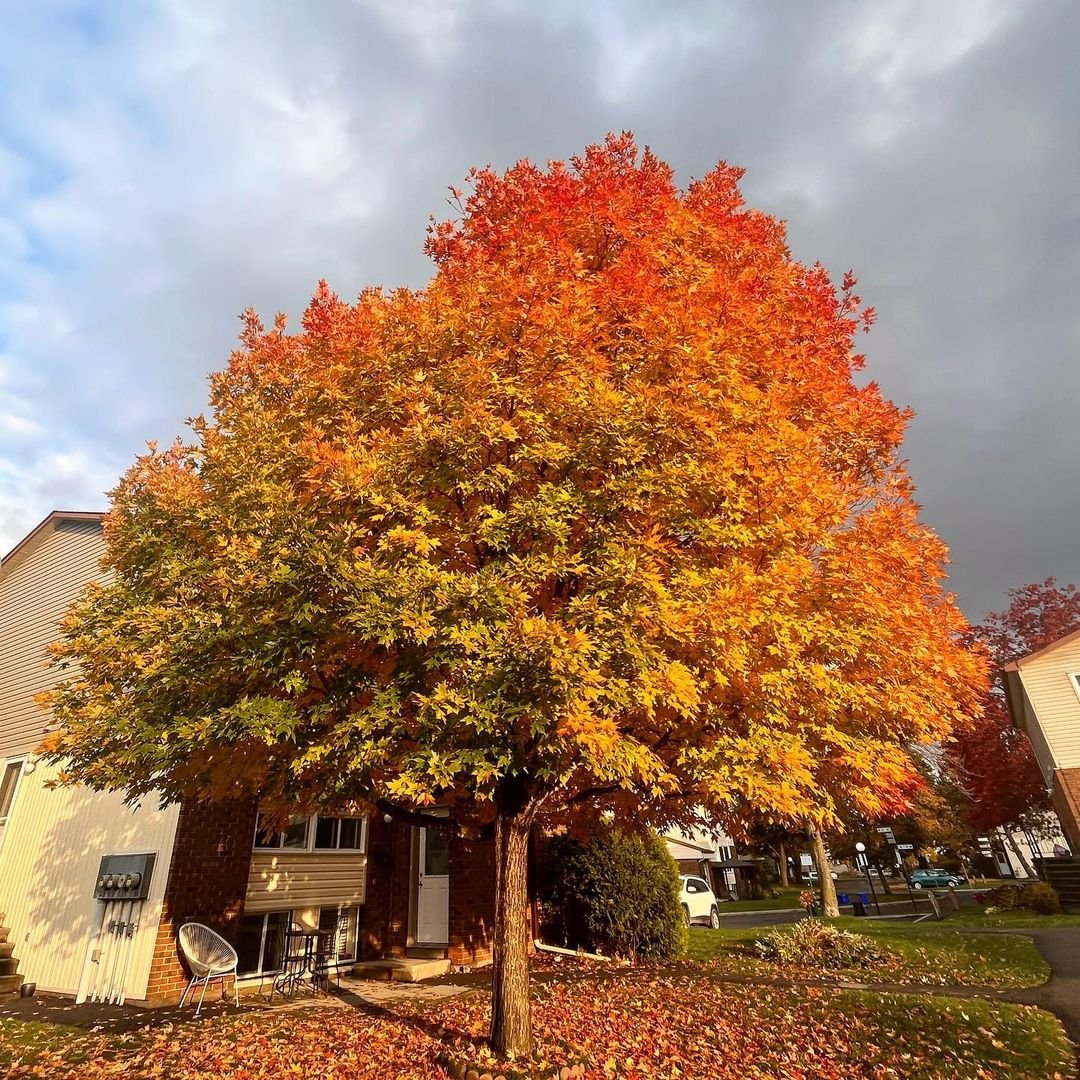
Creating a detailed and verified information chart for the Sugar Maple tree:
Sugar Maple Information Chart
| Category | Details |
|---|---|
| Botanical Name | Acer saccharum |
| Common Name | Sugar Maple |
| Plant Name | Sugar Maple |
| Zone | 3-8 |
| Sun Exposure | Full sun to part shade |
| Soil Type | Well-drained, moist, acidic soil |
| Watering | Regular; prefers consistently moist soil |
| Growth Habit | Deciduous tree |
| Height/Spread | 50-80 feet tall, 35-50 feet spread |
| Special Features | Brilliant fall foliage colors ranging from yellow to orange-red; slow to moderate growth rate; iconic maple leaf shape; provides shade; valuable timber species; attracts wildlife such as birds and squirrels; tolerant of urban conditions; requires pruning to maintain shape and health |
Sugar maples are famous for their bright fall colors and for making maple syrup. They grow big and can live for a long time.
Red Maple

Creating a detailed and verified information chart for the Red Maple tree:
Red Maple Information Chart
| Category | Details |
|---|---|
| Botanical Name | Acer rubrum |
| Common Name | Red Maple |
| Plant Name | Red Maple |
| Zone | 3-9 |
| Sun Exposure | Full sun to part shade |
| Soil Type | Moist, well-drained |
| Watering | Regular; prefers moist soil |
| Growth Habit | Deciduous tree |
| Height/Spread | 40-60 feet tall, 25-45 feet spread |
| Special Features | Brilliant red fall foliage; adaptable to various soil types; fast-growing; provides shade; popular ornamental tree; tolerant of urban conditions; attracts birds; suitable for landscaping and naturalizing; requires pruning for shape and health |
Red maples are common in the eastern United States. They get their name from their red flowers, twigs and fall leaves.
Silver Maple
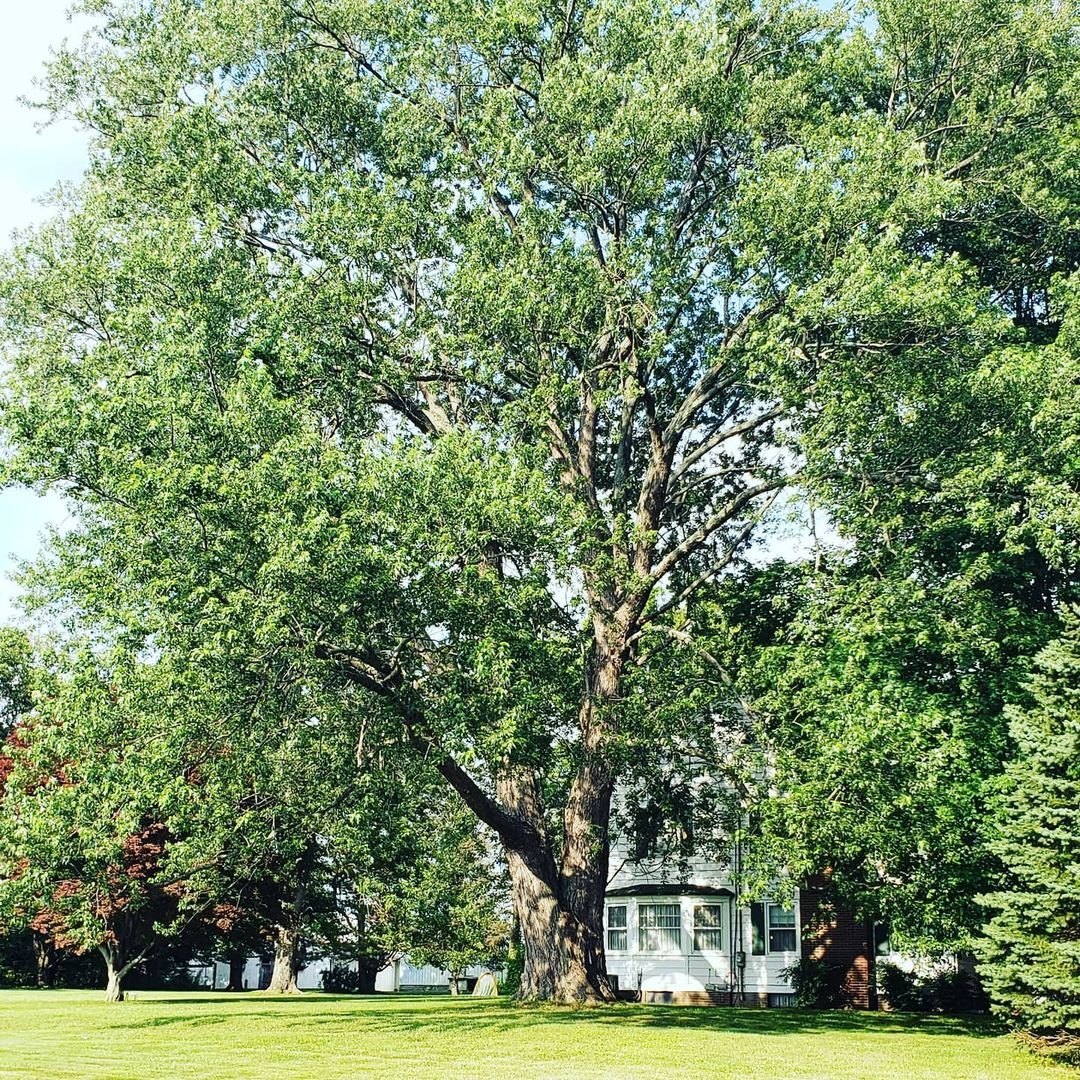
Creating a detailed and verified information chart for the Silver Maple tree:
Silver Maple Information Chart
| Category | Details |
|---|---|
| Botanical Name | Acer saccharinum |
| Common Name | Silver Maple |
| Plant Name | Silver Maple |
| Zone | 3-9 |
| Sun Exposure | Full sun to part shade |
| Soil Type | Moist, well-drained |
| Watering | Regular; prefers moist soil |
| Growth Habit | Fast-growing deciduous tree |
| Height/Spread | 50-80 feet tall, 35-50 feet spread |
| Special Features | Silvery underside of leaves; rapid growth rate; tolerates wet soil; provides shade; attractive fall color; urban tolerant; needs pruning for structure; attracts birds; used in landscaping and as shade tree |
Silver maples grow fast and have leaves that are silver on the bottom. They’re often planted in cities because they grow well in different conditions.
Japanese Maple

Creating a detailed and verified information chart for the Japanese Maple tree:
Japanese Maple Information Chart
| Category | Details |
|---|---|
| Botanical Name | Acer palmatum |
| Common Name | Japanese Maple |
| Plant Name | Japanese Maple |
| Zone | 5-9 |
| Sun Exposure | Partial shade to full sun (prefers afternoon shade in hot climates) |
| Soil Type | Well-drained, fertile soil |
| Watering | Regular; prefers evenly moist soil |
| Growth Habit | Deciduous tree or shrub |
| Height/Spread | 15-25 feet tall, 10-20 feet spread |
| Special Features | Beautiful foliage (red, green, purple); delicate, lacy leaves; ornamental tree; suitable for containers; prefers cool, moist climates; slow-growing; needs protection from strong winds; provides striking fall color |
Japanese maples are smaller trees that people often plant in gardens. They come in many colors and leaf shapes.
Norway Maple
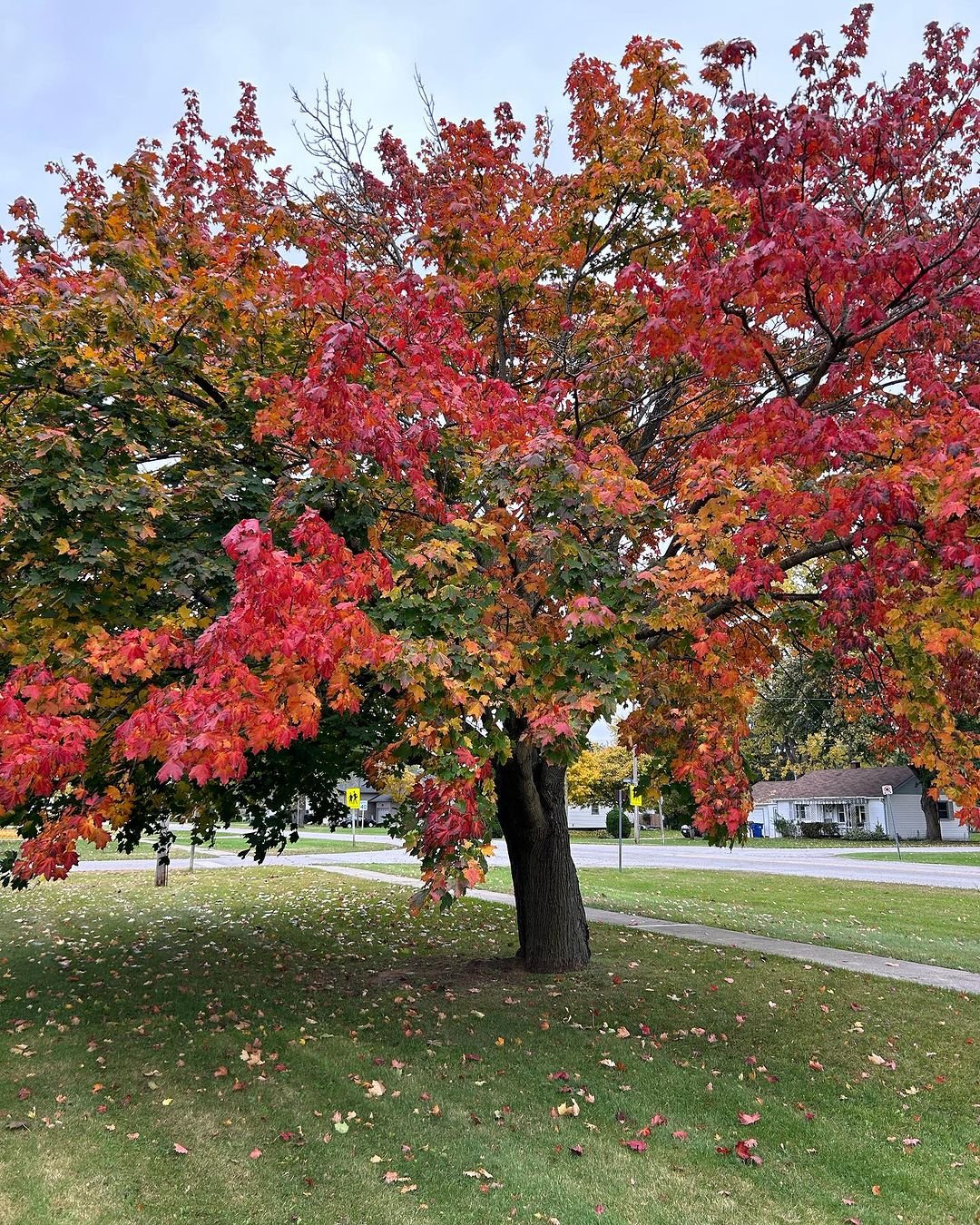
Creating a detailed and verified information chart for the Norway Maple tree:
Norway Maple Information Chart
| Category | Details |
|---|---|
| Botanical Name | Acer platanoides |
| Common Name | Norway Maple |
| Plant Name | Norway Maple |
| Zone | 3-7 |
| Sun Exposure | Full sun to part shade |
| Soil Type | Well-drained, fertile soil |
| Watering | Regular; drought tolerant once established |
| Growth Habit | Deciduous tree |
| Height/Spread | 40-50 feet tall, 30-40 feet spread |
| Special Features | Large, rounded crown; dark green leaves turning yellow in fall; tolerant of urban conditions; adaptable to various soils; used as shade tree; susceptible to verticillium wilt and scale insects |
Norway maples are not native to the USA but are common in many areas. They can grow in different environments and have big, round leaves.
How to Plant a Maple Tree

If you want to plant a maple tree, follow these steps:
- Choose the right spot: Most maple trees need a lot of sun and room to grow. Make sure there’s enough space for the tree to get big.
- Dig a hole: The hole should be as deep as the tree’s root ball and twice as wide.
- Put the tree in the hole: Make sure the top of the root ball is level with the ground.
- Fill the hole: Use the soil you dug out to fill around the tree. Pack it down gently.
- Water the tree: Give it a lot of water right after planting.
- Add mulch: Put a layer of mulch around the tree, but keep it away from the trunk.
The U.S. Department of Agriculture has more tips on planting trees.
Caring for Maple Trees
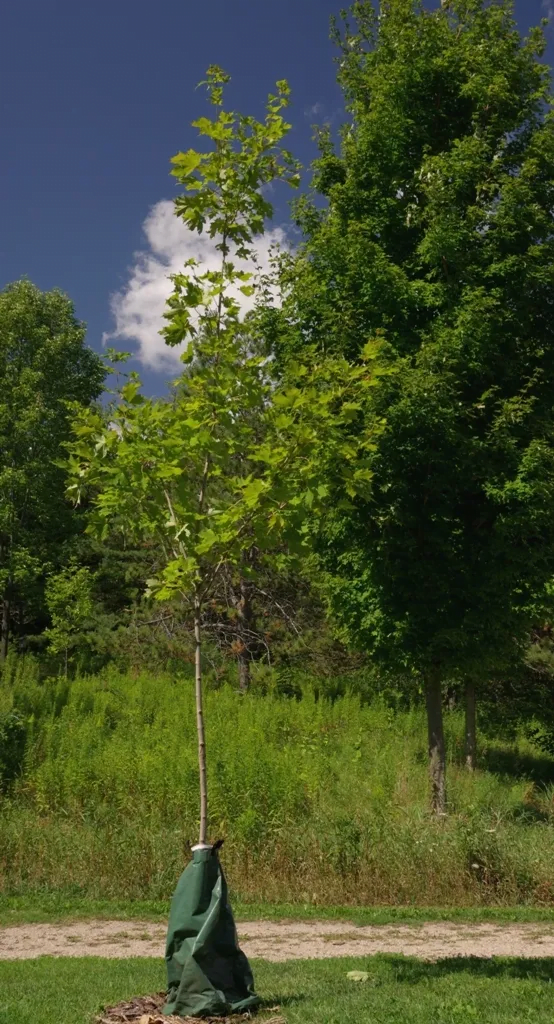
To keep your maple tree healthy:
- Water regularly: Young trees need more water than older ones. Water deeply once a week if it doesn’t rain.
- Fertilize: Use a balanced fertilizer in spring before the leaves come out.
- Prune: Cut off dead or damaged branches in late winter or early spring.
- Watch for pests and diseases: Look for signs of problems like spots on leaves or holes in the bark.
- Protect from damage: Put guards around young trees to protect them from animals and lawn mowers.
The Pennsylvania State University Extension offers more advice on tree care.
Maple Trees in Different Seasons
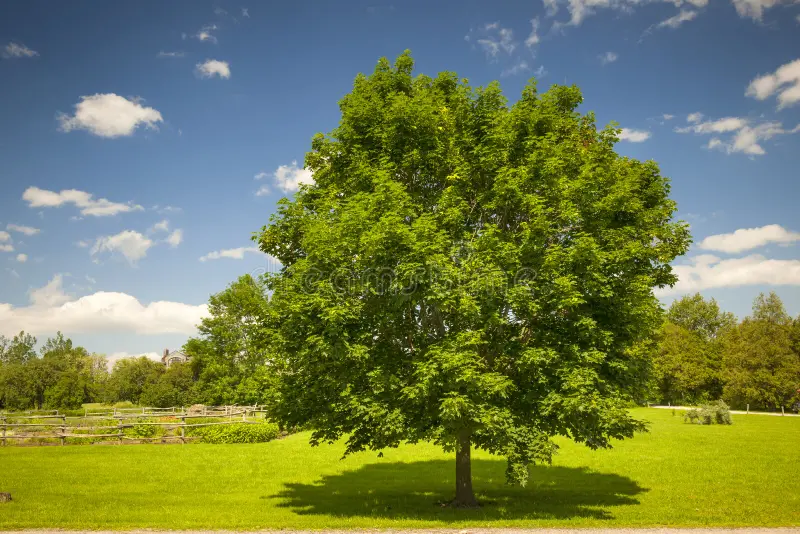
Maple trees change through the year:
- Spring: Many maple trees have small flowers in spring. The flowers are often red or yellow.
- Summer: The trees have full, green leaves that provide nice shade.
- Fall: This is when maple trees are most famous. Their leaves turn bright colors like red, orange and yellow.
- Winter: Maple trees lose their leaves in winter. You can see their interesting branch shapes.
Learn more about tree changes from season to season on the National Park Service website.
Using Maple Trees
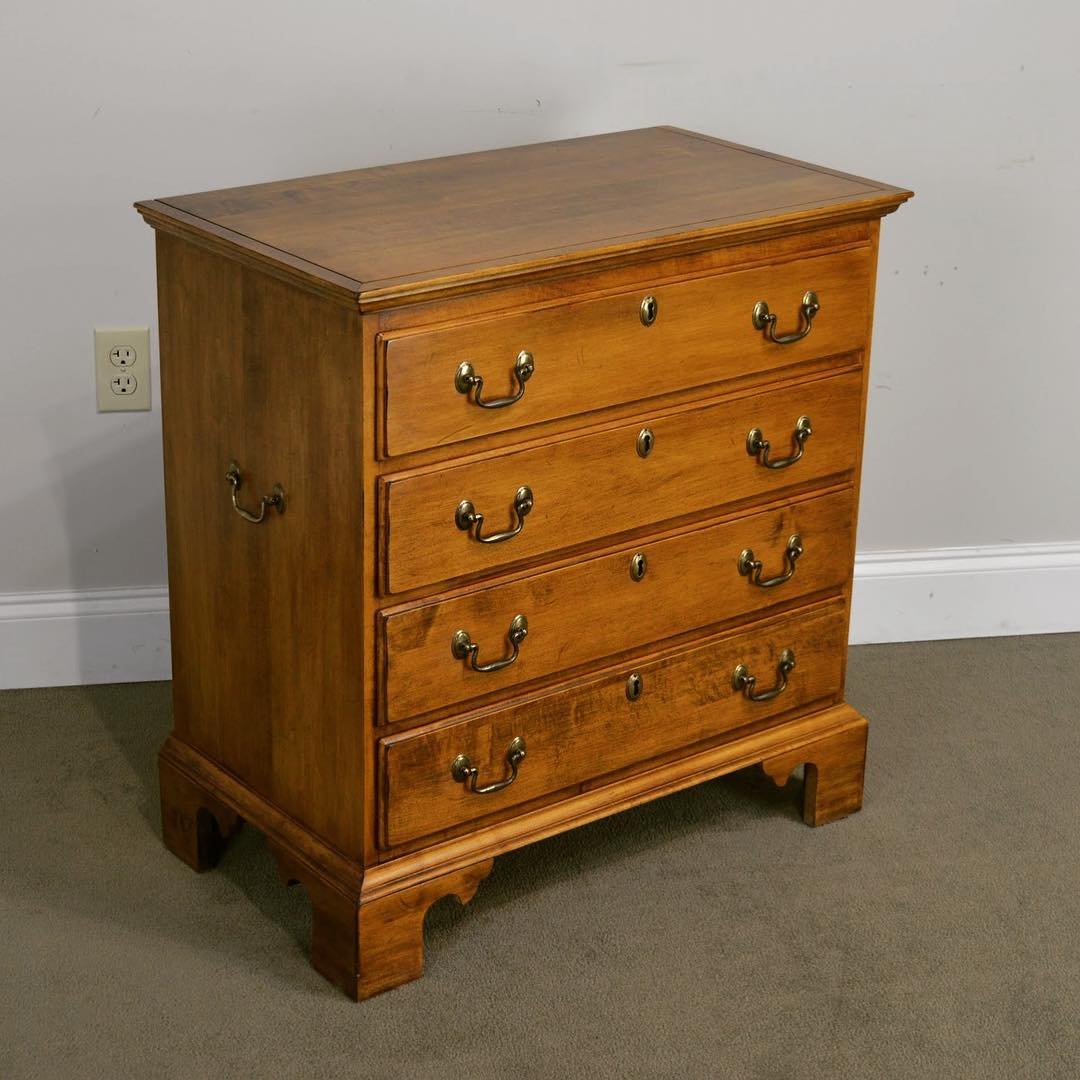
People use maple trees in many ways:
- Shade: Maple trees are great for making shady spots in yards and parks.
- Wood: Maple wood is used to make furniture, floors and musical instruments.
- Syrup: Sugar maples are tapped to make maple syrup.
- Fall color: Many people plant maples to enjoy their colorful fall leaves.
- Wildlife habitat: Birds and small animals often live in maple trees.
The U.S. Department of Agriculture has information about using trees on your property.
Common Problems with Maple Trees
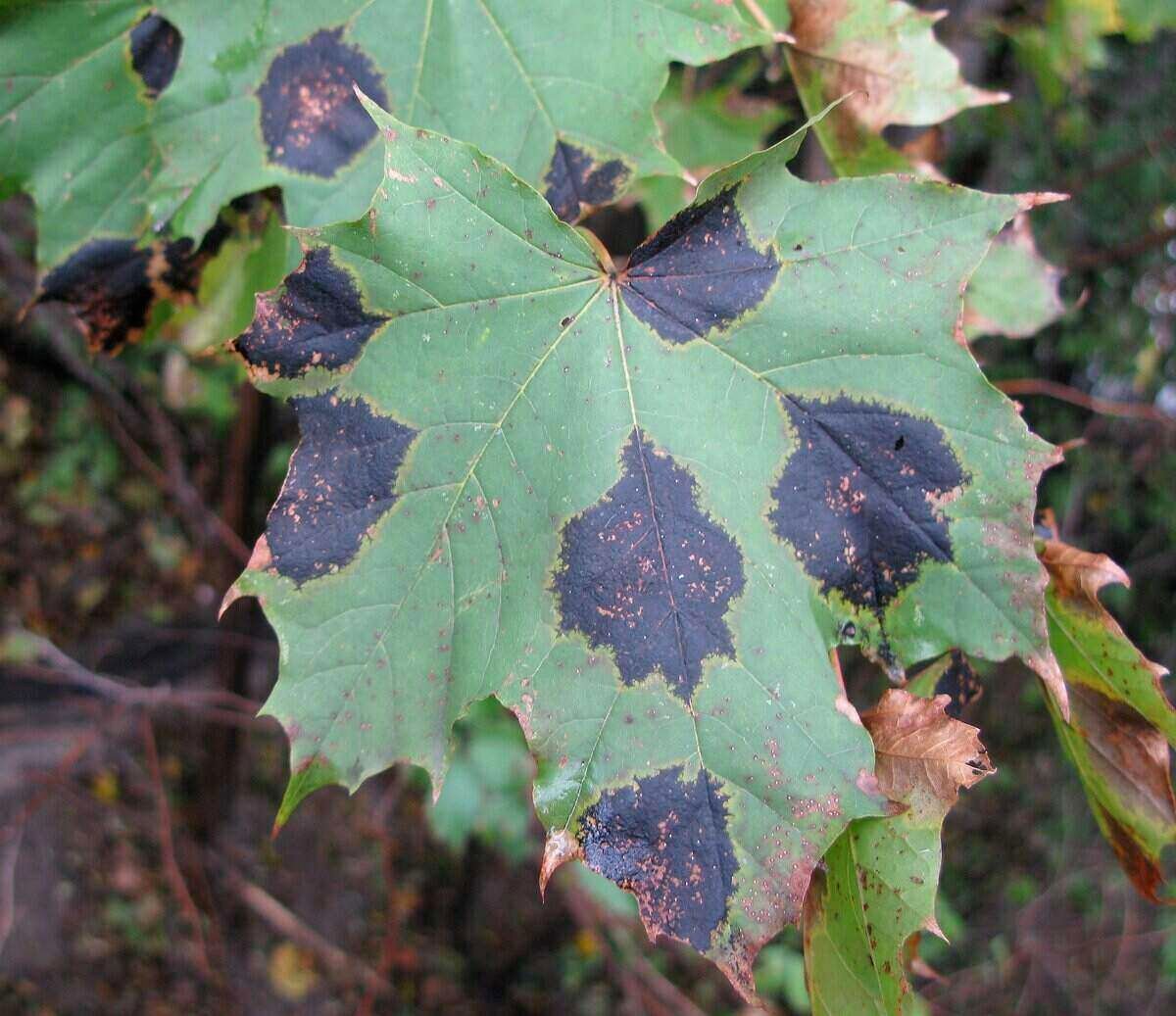
Like all plants, maple trees can have problems:
- Leaf scorch: This happens when leaves dry out and turn brown.
- Verticillium wilt: A fungus that can make the tree sick and die.
- Tar spot: Dark spots on leaves caused by a fungus.
- Aphids: Small insects that eat the tree’s sap.
- Scale: Another type of insect that can damage the tree.
If you’re worried about your maple tree, you can get help from your local cooperative extension office.
Maple Trees and the Environment
Maple trees are important for the environment:
- They clean the air by taking in carbon dioxide and giving out oxygen.
- Their roots help stop soil from washing away.
- They provide homes and food for many animals.
- In cities, they help keep temperatures cooler in summer.
The Environmental Protection Agency has more information about how trees help the environment.
Choosing the Right Maple Tree for You
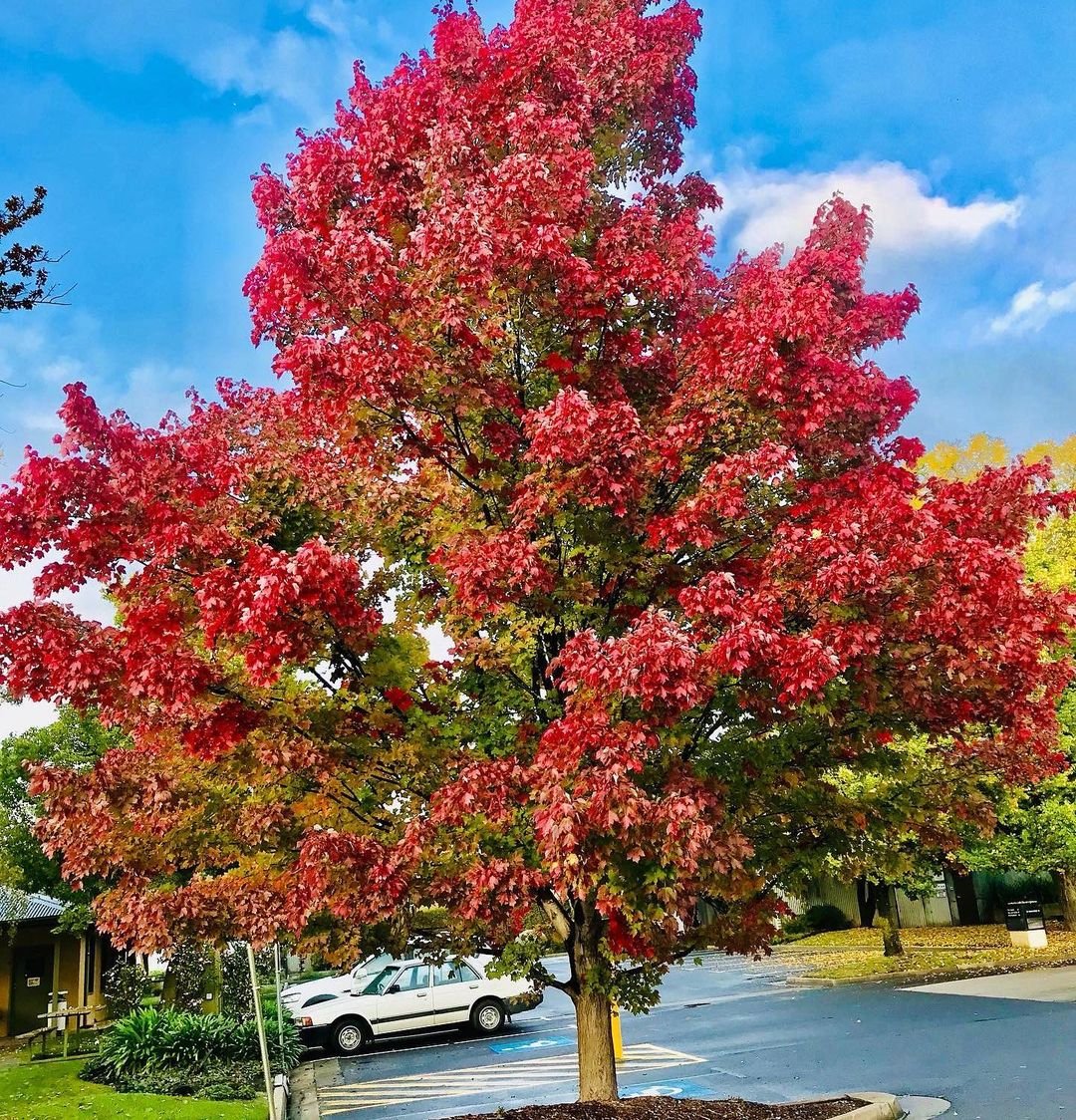
When picking a maple tree:
- Think about how big it will get. Make sure you have enough space.
- Consider your climate. Some maples do better in certain weather.
- Decide if you want a tree for shade, fall color or making syrup.
- Look at how fast the tree grows. Some grow faster than others.
- Check if the tree is native to your area. Native trees are often easier to grow.
The Arbor Day Foundation can help you choose a tree that’s right for your area.
Maple trees are wonderful plants that can add beauty and value to your home and community. By learning about different types of maples and how to care for them, you can enjoy these trees for many years. Remember, if you have questions about maple trees in your area, you can always ask a local gardening expert or tree specialist for help.
Pingback: Trees That Start with Y: Natural Beauty Explained